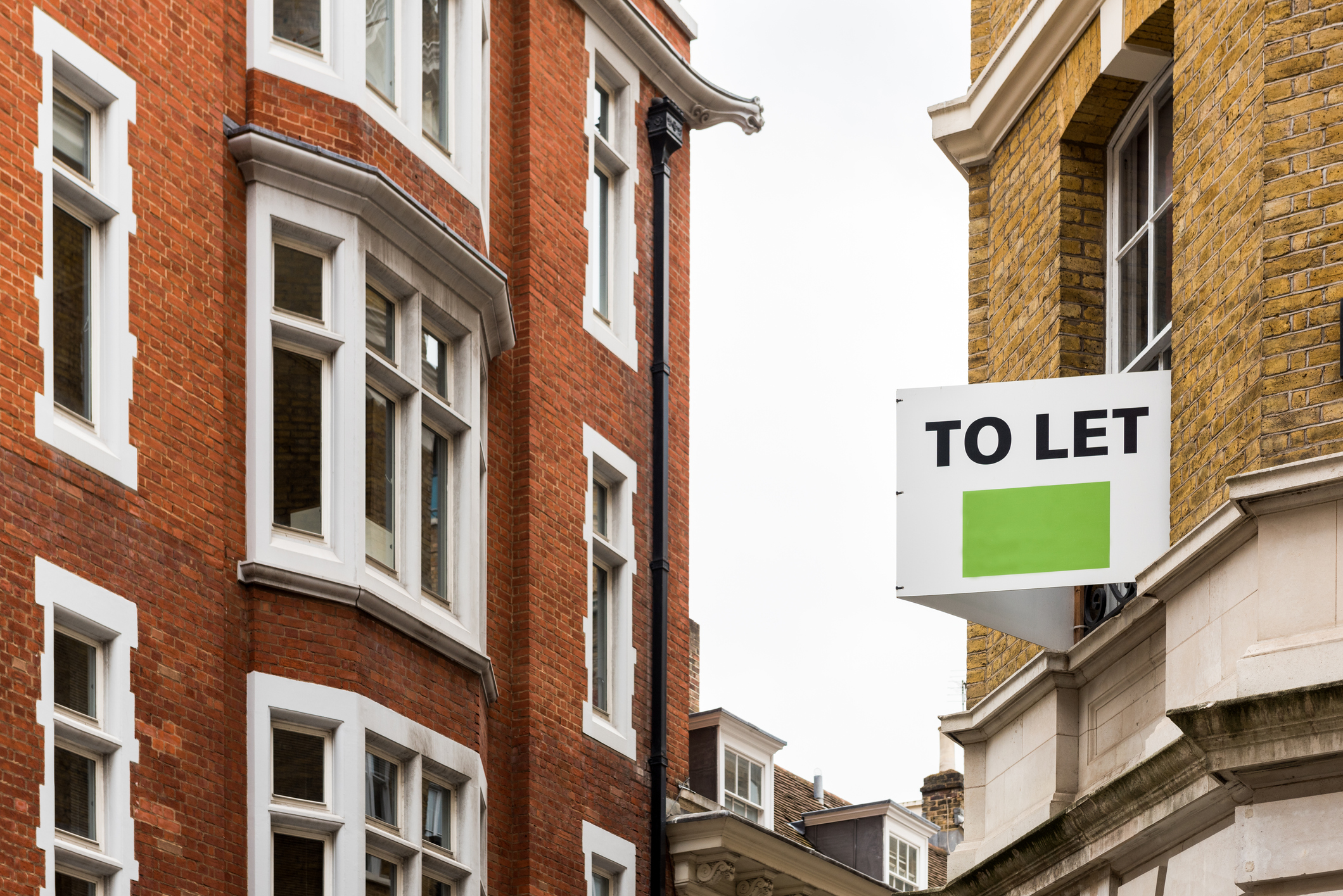Traditionally, economists and central bankers worry about economies either overheating or falling into recession. If the economy is growing faster than its productive capacity allows, inflation will be the result. In this case, central banks will raise interest rates to make borrowing more expensive and thus slow the economy down.
If the economy is growing more slowly than its productive capacity allows, recession will be the result. In this case, central banks will cut interest rates to encourage more lending and spending, pushing the economy out of recession.
That’s the theory, anyway. However, there’s another more unusual combination which gives us the worst of all worlds. Stagflation occurs when economic growth is weak and unemployment is high, but inflation is also high.
MoneyWeek
Subscribe to MoneyWeek today and get your first six magazine issues absolutely FREE

Sign up to Money Morning
Don't miss the latest investment and personal finances news, market analysis, plus money-saving tips with our free twice-daily newsletter
Don't miss the latest investment and personal finances news, market analysis, plus money-saving tips with our free twice-daily newsletter
The term is a combination of the words “stagnation” and “inflation”. It was coined in the 1960s by British politician Iain Macleod and became popular during the 1970s when stagflationary conditions took hold in the UK, the US, and several other developed economies.
Economists argue about the exact causes. One contributing factor was high oil prices, which drove up both prices and costs, squeezing profit margins. Meanwhile, clumsy attempts by governments to control prices actually exacerbated inflationary pressure by making it harder for production to rise to match demand.
Stagflation is difficult for policy makers to tackle. High inflation makes it hard for central banks to cut interest rates with the aim of stimulating the economy. Yet raising rates to tackle inflation will only exacerbate weak growth.
The 1970s stagflation also gave rise to the “misery index”. This was created by US economist Arthur Okun as an informal way of measuring the amount of economic pain the average American was feeling. The misery index simply adds the unemployment rate to the inflation rate. The higher it goes, the grimmer the situation.
Stagflation is also pretty miserable for investors. Squeezed profit margins are bad for stocks, but rising inflation is bad for bonds. That leaves few places to hide.
The term is being muttered again now because supply chain disruption in the wake of the Covid-19 pandemic is driving up prices. Meanwhile, unemployment remains stubbornly high.
Here’s hoping we don’t see a repeat of the 1970s.
To learn more about how to protect your portfolio from stagflation, subscribe to MoneyWeek magazine.
Get the latest financial news, insights and expert analysis from our award-winning MoneyWeek team, to help you understand what really matters when it comes to your finances.
MoneyWeek is written by a team of experienced and award-winning journalists, plus expert columnists. As well as daily digital news and features, MoneyWeek also publishes a weekly magazine, covering investing and personal finance. From share tips, pensions, gold to practical investment tips - we provide a round-up to help you make money and keep it.
-
 ‘Why I have ditched my Help to Buy ISA for cash savings and the stock market’
‘Why I have ditched my Help to Buy ISA for cash savings and the stock market’Without the 25% bonus, my Help to Buy ISA is effectively redundant, says MoneyWeek writer Sam Walker.
-
 Is your inheritance tax allowance cut if you sell to downsize or sell your home to pay for care?
Is your inheritance tax allowance cut if you sell to downsize or sell your home to pay for care?Downsizing relief is a little-known benefit that could save your loved ones tens of thousands of pounds in inheritance tax after you’ve died.
-
 Halifax: House price slump continues as prices slide for the sixth consecutive month
Halifax: House price slump continues as prices slide for the sixth consecutive monthUK house prices fell again in September as buyers returned, but the slowdown was not as fast as anticipated, latest Halifax data shows. Where are house prices falling the most?
-
 Rents hit a record high - but is the opportunity for buy-to-let investors still strong?
Rents hit a record high - but is the opportunity for buy-to-let investors still strong?UK rent prices have hit a record high with the average hitting over £1,200 a month says Rightmove. Are there still opportunities in buy-to-let?
-
 Pension savers turn to gold investments
Pension savers turn to gold investmentsInvestors are racing to buy gold to protect their pensions from a stock market correction and high inflation, experts say
-
 Where to find the best returns from student accommodation
Where to find the best returns from student accommodationStudent accommodation can be a lucrative investment if you know where to look.
-
 The world’s best bargain stocks
The world’s best bargain stocksSearching for bargain stocks with Alec Cutler of the Orbis Global Balanced Fund, who tells Andrew Van Sickle which sectors are being overlooked.
-
 Revealed: the cheapest cities to own a home in Britain
Revealed: the cheapest cities to own a home in BritainNew research reveals the cheapest cities to own a home, taking account of mortgage payments, utility bills and council tax
-
 UK recession: How to protect your portfolio
UK recession: How to protect your portfolioAs the UK recession is confirmed, we look at ways to protect your wealth.
-
 Buy-to-let returns fall 59% amid higher mortgage rates
Buy-to-let returns fall 59% amid higher mortgage ratesBuy-to-let returns are slumping as the cost of borrowing spirals.


